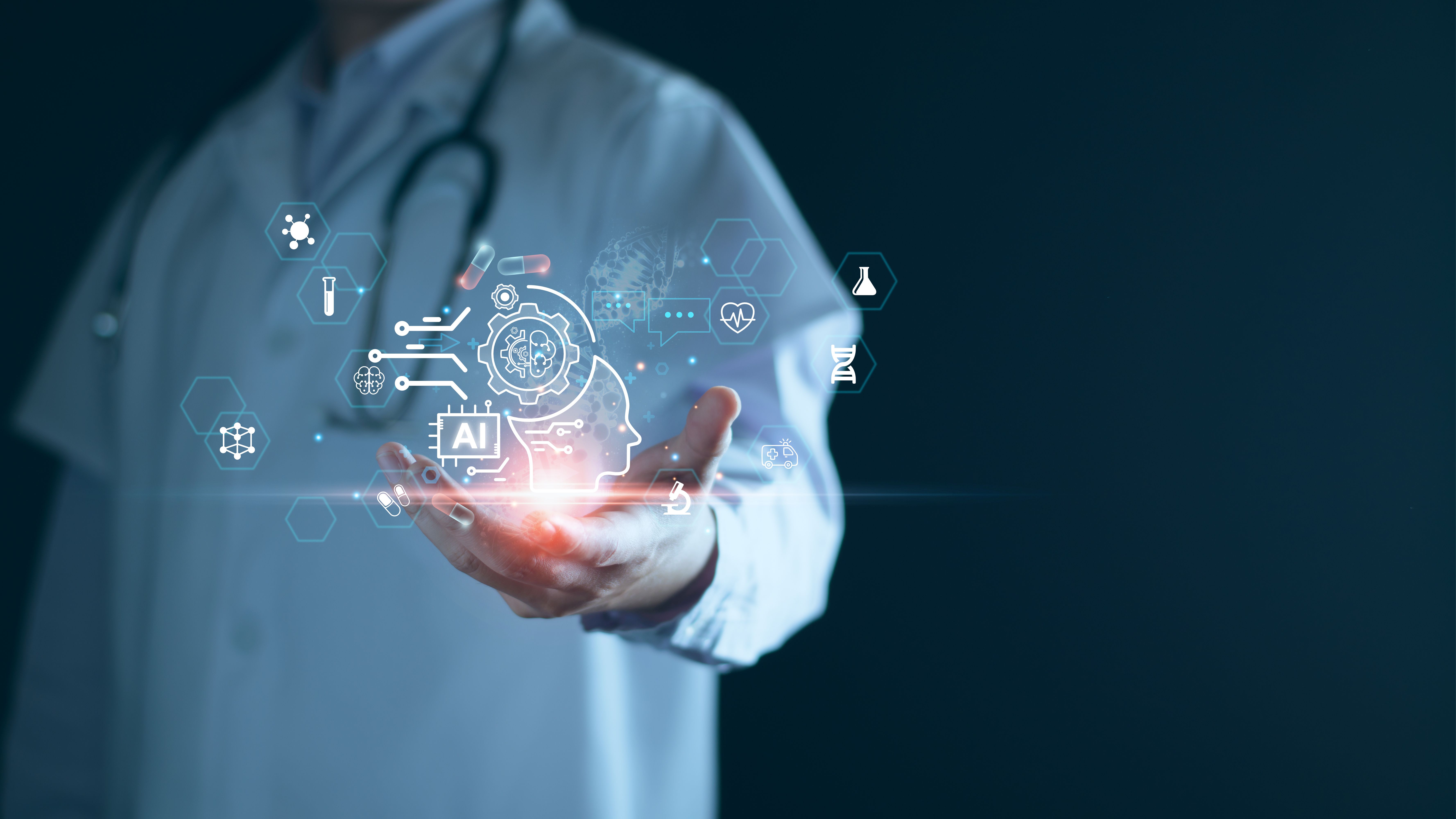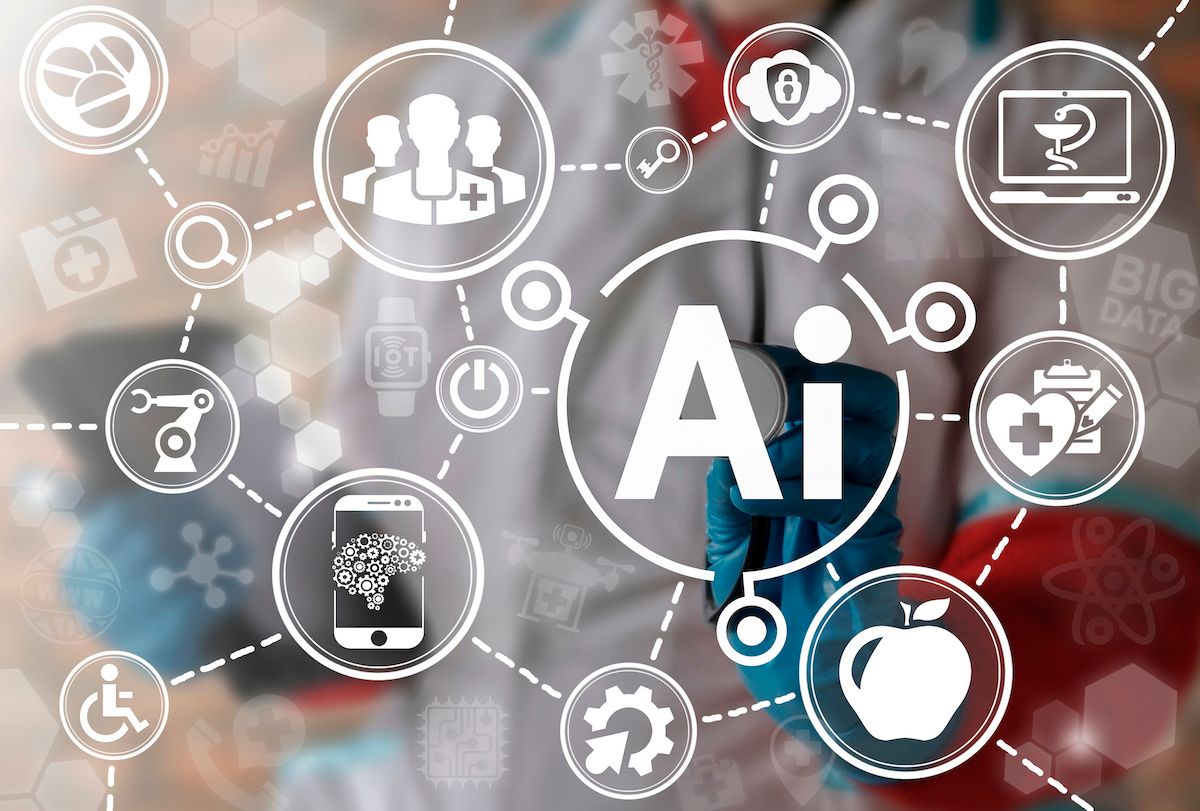Blog
Article
Consumers are ready for personalized health care. Data can make it happen.
Author(s):
Digital health technology has the potential to transform wellness and improve patient outcomes
Data can make personalized health care happen: ©Lalaka - stock.adobe.com

The consumer experience of the digital world is steeped in personalization. Smart televisions know what we want to watch. Web browsers predict our shopping needs. Music streaming services play the greatest hits from our favorite genre. Leveraging data around our preferences and habits, the consumer sector has learned to optimize the user experience to drive greater engagement and, incidentally, improve their bottom lines.
Digital health technology has the potential to do the same for our wellness.
IoT (Internet of Things) devices like internet-connected blood pressure cuffs, weight scales, and glucometers are revolutionizing risk identification in health care. Even smartphone sensors can provide insights into an individual's health, seamlessly integrating into daily routines.
One of the most significant advantages of IoT technology in health care is its ability to help providers swiftly and accurately identify risks, sharing real-time data with other stakeholders to improve care coordination and personalize treatments. Here's how it's reshaping the landscape:
Continuous monitoring: Wearable devices and sensors passively collect data 24/7. A basic smartphone can collect heart rate, heart rate variability, and respiratory rate without active user engagement. Even devices that do require active engagement are a step up from traditional in-office data collection. Patients can use these devices at their convenience, independent of a provider's availability, and they outperform traditional methods in the amount of data collected. When connected to health care providers through electronic health records or data networks, these devices provide a more comprehensive view of patients than in-office visits. They also offer immediate insights into deviations from established health care thresholds that might otherwise go unnoticed, creating the opportunity for more effective intervention.
Statistical analysis: Collecting more data more frequently might seem burdensome, but data analysis tools can resolve that concern. Machine learning algorithms are a highly advanced option to recognize patterns, but even simpler algorithms are effective. With plenty of computing power available from large cloud service providers to assist, a rules engine, regression-based analysis, or basic statistical analysis can sift through vast datasets and uncover subtle patterns and anomalies.
Predictive models: These tools can detect early signs of health issues that traditional methods might miss, reducing the workload for health care providers by automating data analysis and surfacing actionable insights. They can also be used to develop predictive models for anticipating health risks. Traditionally, health care has been reactive rather than preventative, resulting in inefficiency and high costs. By analyzing historical data and trends, providers and payers can gain better insight into population health. They can intervene proactively with targeted resources and benefits to encourage healthy behaviors, and prevent adverse health outcomes.
These efficiencies are paving the way for a personalized health care experience akin to consumer tech. With smart device-generated data and analytics, doctors can leverage a patient's data repository to guide them on a care path tailored to their preferences and behaviors, without the time-consuming process of manual data analysis.
For instance, consider a patient diagnosed with prediabetes. Traditional monitoring involves intermittent fingerstick measurements, providing only snapshots of glucose levels. However, a Continuous Glucose Monitoring (CGM) system—a wearable device with a glucose sensor—measures blood glucose levels continuously and communicates this data to a cloud-based repository.
Analytics tools can work with this dataset to recognize specific patterns in glucose fluctuations over time. Based on these patterns, the CGM system can send real-time alerts and recommendations to the patient and their healthcare provider. For example, it might prompt the patient to adjust their diet or medication dosage if prolonged high glucose levels are detected.
This cloud-based data repository can serve as the hub connecting all stakeholders, with the patient at the center. Doctors can make medication adjustments, health plans can suggest resources for sourcing healthy food, nutritionists can recommend dietary changes, and more.
Perhaps most significant for the patient, this kind of personalized solution can help stop the progression of their condition, along with other long-term effects like increased risk of heart failure and stroke. An estimated 70% of people with prediabetes will eventually develop type 2 diabetes if they do not take steps to manage the condition. A personalized care plan empowers a patient to make the lifestyle changes necessary to come back to health.
Personalization is a path forward for the healthcare industry to prioritize the patient experience rather than approaching problems with a one-size-fits-all approach. When health care evolves to incorporate the vetted lessons from tech industries, patients benefit. Data-driven risk identification enables holistic care by shifting the focus to include the individual patient’s circumstances, not simply the health complication. It represents a transformative shift toward personalized, proactive health care, driven by the power of data and technology.
From 2015-20, ownership of a wearable device or smart watch (excluding smartphones) increased from 13% to 43% in the U.S. Using these devices to track weight, heart rate, blood pressure, medications, physical activity, diet, sleep and blood sugar increased similarly within the same population. The potential for devices to connect to a patient’s EHR, and reduce the risk for specific medical incidents through real-time monitoring, is broad and well-documented: everything from cardiac or respiratory arrest to COPD to pre- and post-partum healthcare. By harnessing data from mobile and connected devices and employing advanced analytics, we can develop smarter systems to identify risks and initiate timely interventions. When implemented on a broader scale, such an approach can also address some of the significant access-to-care challenges prevalent in today's maternal health landscape.
Anish Sebastian co-founded Babyscripts in 2014 with the vision that internet-enabled medical devices and big data would transform the delivery of pregnancy care. Since the company’s inception, they have raised over $40M. As the CEO of BabyScripts, Anish has focused his efforts on product and software development, as well as research validation of their product.





